Service dogs can be incredibly valuable companions for individuals with disabilities. They are specially trained to assist people with various tasks, such as navigating their surroundings, retrieving items, or providing emotional support.
However, the cost of obtaining a service dog can vary widely depending on several factors. These include the breed and training level of the dog, the specific tasks they are trained to perform, and any additional expenses such as veterinary care and equipment.
We will break down everything you need to know about how much are service dogs. From understanding what service dogs are and the different types available to acquiring one and ongoing expenses for maintenance. We will also explore the role of accreditation in service dog ownership and financing options that may be available to help cover the costs.

How Much Are Service Dogs: Explained In Details
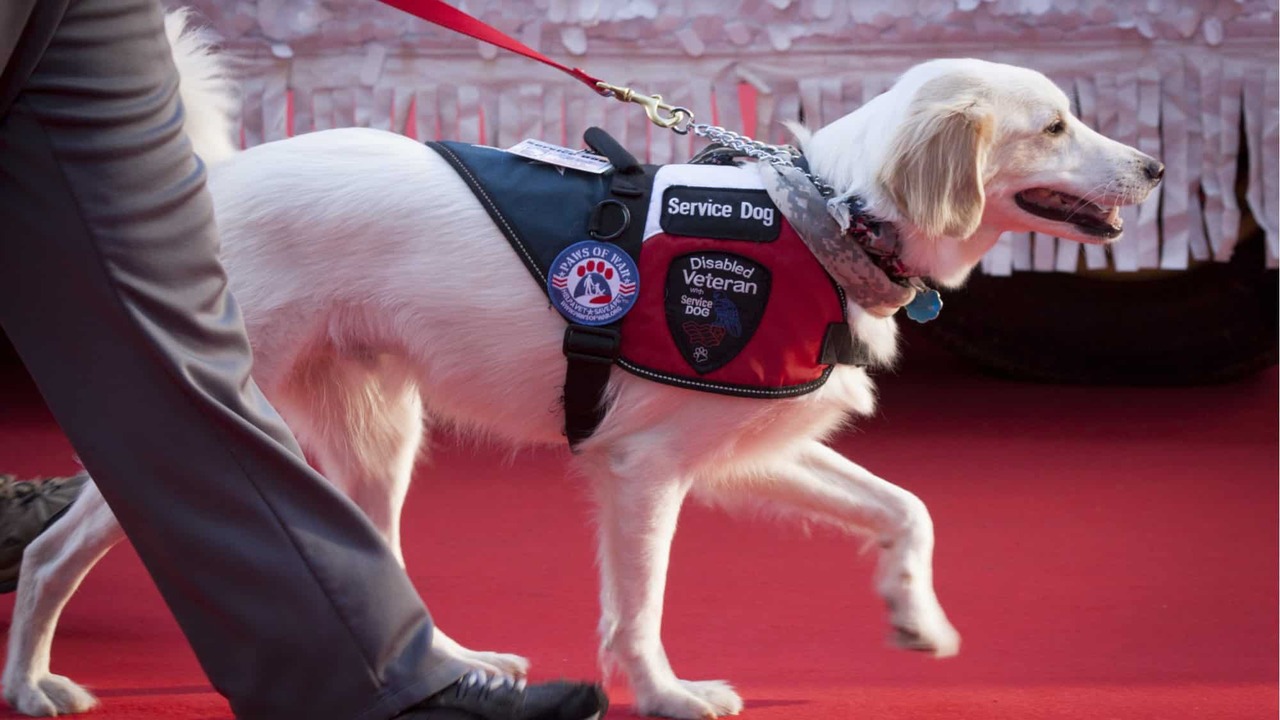
The cost of obtaining and training a service dog can vary significantly. Initial expenses include the adoption or purchase fee, vaccinations, and medical examinations. Training costs range from professional programs to owner training with assistance from a trainer.
Ongoing costs encompass food, grooming, veterinary care, and equipment like vests and harnesses. Financial assistance and fundraising options may be available through organizations. Considering the long-term commitment and responsibilities before getting a service dog is crucial.
Estimated Cost To Own A Service Dog
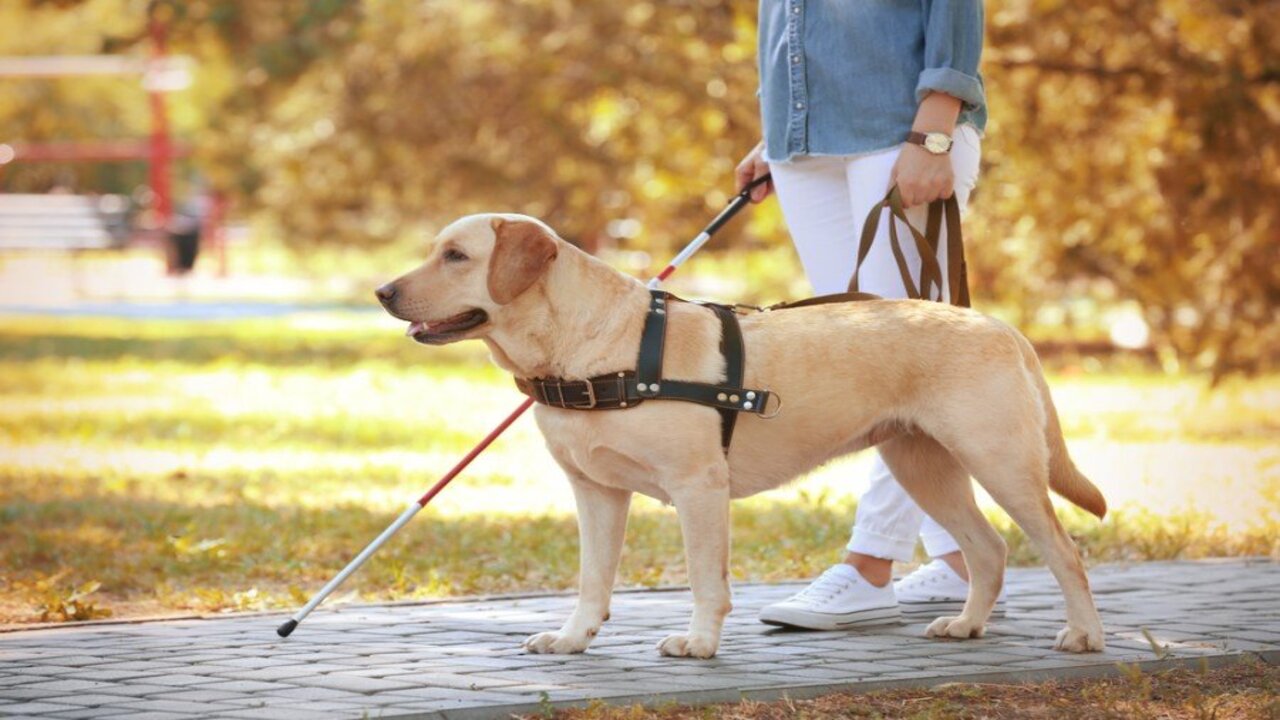
Service dogs are crucial in assisting individuals with disabilities and providing them with the support they need to navigate their daily lives. However, the cost of acquiring a service dog can vary depending on several factors. The estimated cost of owning a service dog can vary greatly depending on several factors.
- Firstly, the initial cost of acquiring a service dog can range from $5,000 to $50,000 depending on the type of service dog needed and the training required.
- Additionally, ongoing costs such as food, grooming, and veterinary care can add up to several thousand dollars annually.
- However, owning a service dog also has several potential financial benefits, such as tax deductions for medical expenses, reduced healthcare costs, and increased productivity and independence.
- It is important to note that some organizations offer financial assistance or fundraising options to help cover the cost of a service dog.
- It is also important to consider the time and effort required to properly care for and train a service dog, which can be a significant commitment.
Definition Of A Service Dog
Specially trained dogs assist people with disabilities in performing tasks and activities. These dogs support and assist individuals with physical, sensory, psychiatric, or intellectual disabilities. Their handlers consider them as working animals that enhance the quality of life, not as pets.
The cost of a service dog varies depending on factors such as breed, training program, and specific needs of the handler. Expenses include acquiring the dog, training fees, veterinary care, food, equipment, and ongoing care and maintenance.
The Different Types Of Service Dogs
Highly trained animals, known as service dogs, assist individuals with disabilities in performing specific tasks. Service dogs include guide dogs for the blind, hearing dogs for the deaf, mobility assistance dogs, and psychiatric service dogs.
Handlers train each type to perform tasks based on their specific needs. Factors such as breed, training program, and tasks the dog is trained for can determine the cost of a service dog, which can range from $5,000 to $50,000 or more. Financial assistance or scholarships may help individuals afford a service dog.
The Process Of Acquiring A Service Dog
Researching and determining the specific needs of a service dog is the first step in the process. Finding a reputable organization or breeder specializing in training service dogs is essential. Once you’ve identified one, completing an application and providing the necessary documentation to demonstrate eligibility is required.
The next step involves an interview and assessment to determine compatibility with a potential service dog. If approved, you will participate in training sessions and receive education on handling and caring for a service dog. Lastly, depending on the organization or breeder, you must pay the associated costs.
Eligibility Criteria For A Service Dog
Service dogs, trained to assist individuals with disabilities, require specific eligibility criteria for acquisition. Organizations or programs have varying requirements, generally demanding documented disabilities requiring a service dog’s assistance. We may also evaluate the ability to care for and handle the service dog.
The cost of acquiring a service dog ranges from several thousand dollars to tens of thousands, depending on various factors such as breed and training program. Meeting eligibility criteria ensures that individuals can benefit from having a service dog.
How To Apply For A Service Dog?

Applying for a service dog is important in obtaining your needed assistance and support. Depending on your organization or program, you may need to follow several steps to complete the process. First, you must research and identify reputable organizations that provide service dogs. Once you have found a potential organization, you will typically need to complete an application form and provide any required documentation, such as medical records or proof of disability.
After submitting your application, there may be an interview or assessment process to determine your specific needs and whether a service dog is the right fit for you. We may place you on a waiting list until we find a suitable match if we approve your application. It’s important to note that acquiring a service dog can be a lengthy and often expensive process, so it’s crucial to thoroughly research your options and consider all factors before applying.
Maintaining A Service Dog: Ongoing Expenses
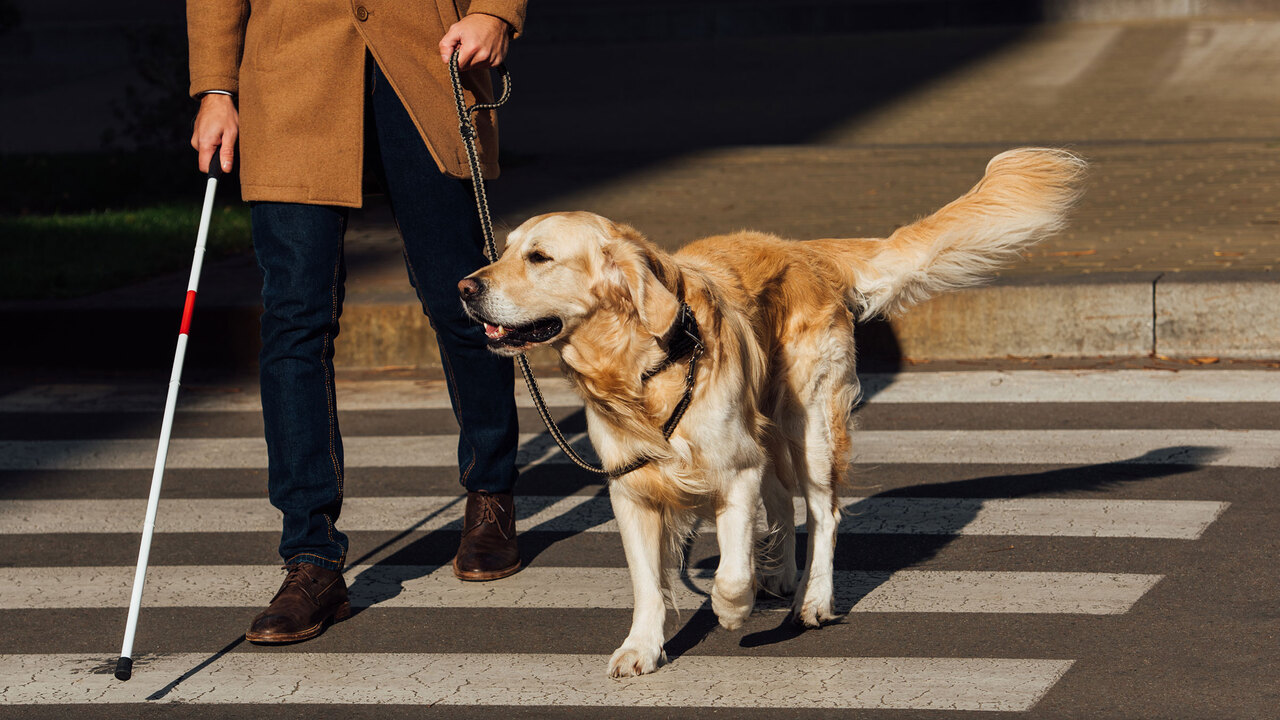
Maintaining a service dog involves various ongoing expenses. Service dogs’ training and certification costs can be quite high, considering their specialized training. Additionally, veterinary care and health expenses, such as regular check-ups, vaccinations, and medications, are necessary to ensure their well-being.
Other expenses include food and grooming, specific equipment and supplies, insurance or liability coverage, and miscellaneous costs like travel expenses for vet visits or training sessions. These ongoing expenses are essential to support a service dog’s health, training, and overall care.
Feeding And Health Care Costs
Feeding a service dog involves ongoing expenses, as high-quality dog food is essential for their health and performance. Veterinary care, including vaccinations and check-ups, is necessary to ensure their well-being.
Additional healthcare expenses may arise for specialized treatments or medications. You should also consider grooming costs, such as bathing and nail trims. Budgeting for unexpected expenses, like emergency veterinary care or unexpected illnesses or injuries, is important.
Grooming And Insurance Expenses
Grooming expenses for a service dog encompass routine baths, haircuts, and nail trims. Costs vary based on size, breed, and specific needs. You may need to perform specialized grooming such as hand-stripping or coat maintenance. Insurance expenses include health coverage, liability protection, and equipment coverage. Health insurance covers veterinary costs, vaccinations, and emergencies. Liability insurance safeguards against potential damages.
The Role Of Accreditation In Service Dog Ownership
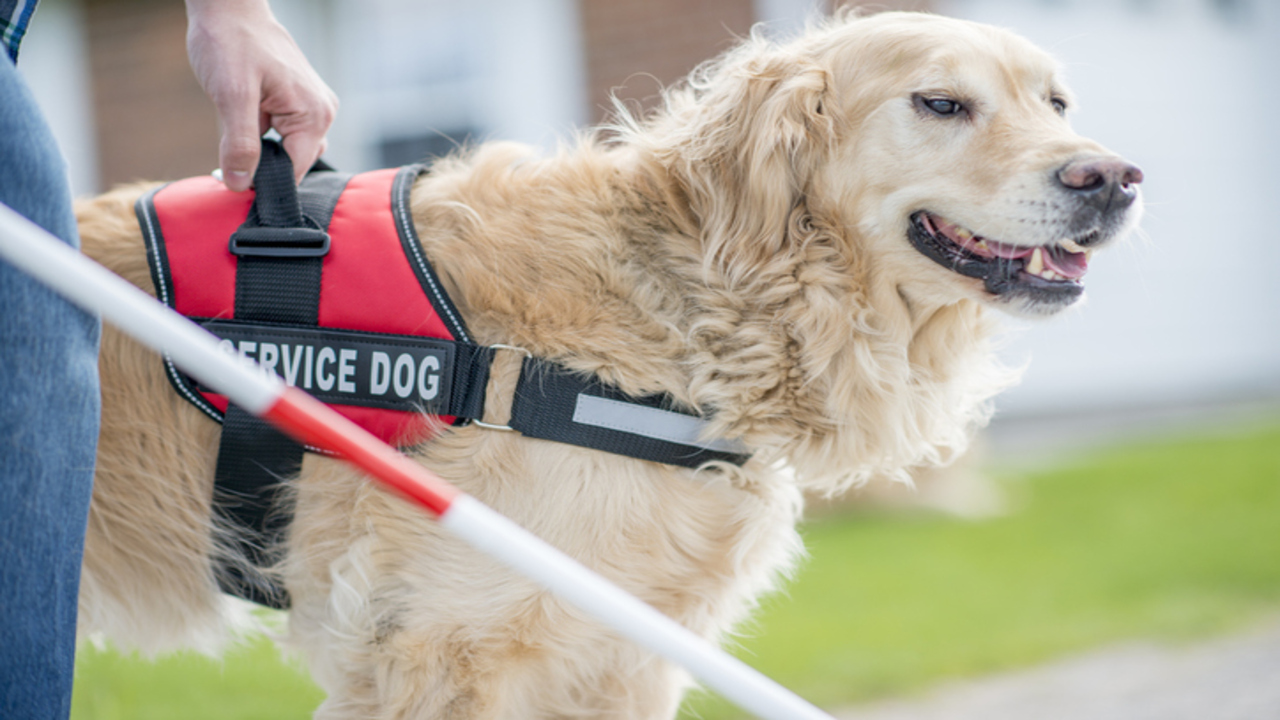
Accreditation ensures that service dogs are trained to meet specific standards and qualifications, playing a crucial role in service dog ownership. Accredited organizations provide valuable support and resources for service dog owners, helping them navigate the responsibilities and challenges of owning a trained service dog.
Moreover, accreditation helps legitimize and enhance the effectiveness of service dog training programs. By being accredited, service dogs also gain access to certain public spaces and accommodations, protecting the rights of individuals with disabilities who rely on them.
Importance Of Choosing An Accredited Service Dog
An accredited service dog is crucial as it ensures it has undergone proper training and meets specific behavior and obedience standards. These dogs are likely to behave well, be reliable, and capable of performing necessary tasks.
Accreditation also reduces the risk of obtaining a poorly trained or fraudulent service dog. Additionally, accreditation provides legal protection under the Americans with Disabilities Act (ADA). To ensure the best match and support, working with reputable organizations that provide accredited service dogs is important.
How Does Accreditation Impact Cost?
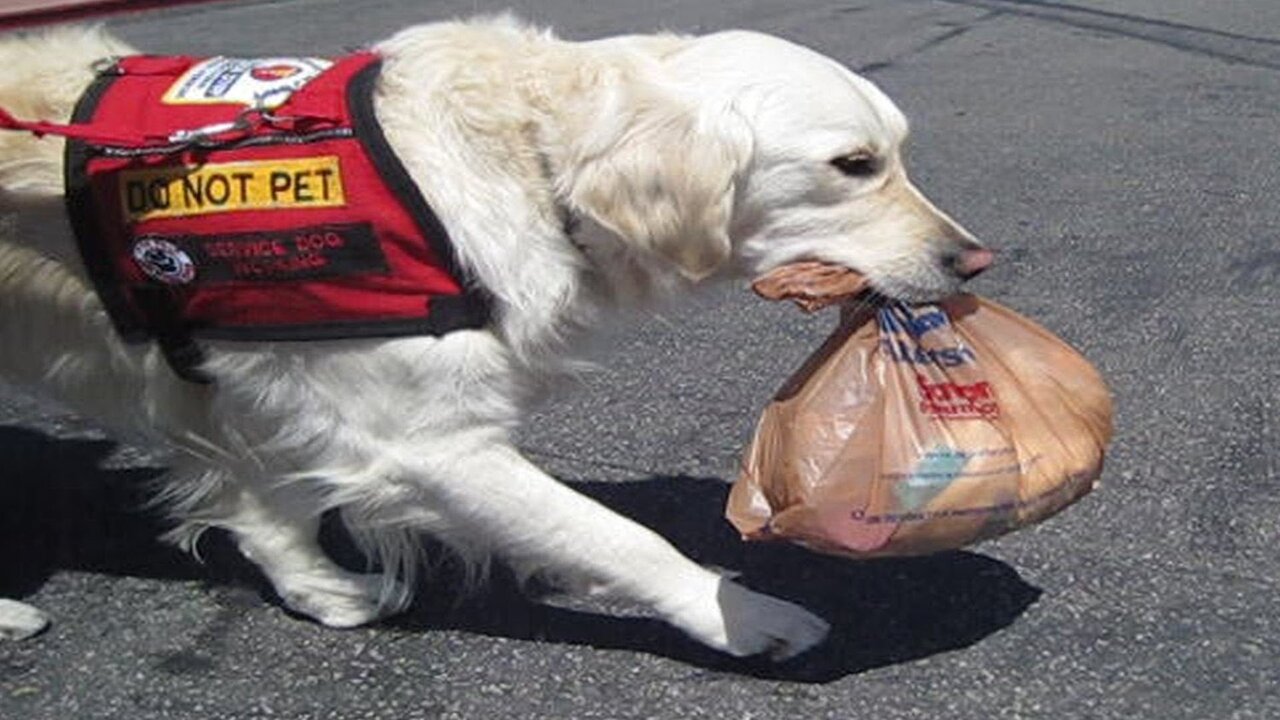
Accreditation can have a significant impact on the cost of service dogs. Accredited service dog organizations typically invest considerable time and resources into training and preparing their dogs for service work. This level of professionalism and expertise often comes at a higher price.
However, it is important to note that the higher cost associated with accredited service dogs is often justified by the quality of training and support these organizations provide. Accreditation ensures that the dogs have undergone rigorous training, are well-behaved, and have been properly socialized.
Additionally, accredited organizations typically offer ongoing support to handlers, which can be invaluable in ensuring the success of the partnership between the handler and the service dog. While the cost may be higher upfront, it is important to consider the long-term benefits and support accredited service dog organizations provide when evaluating the overall value.
Financing Options For Service Dog Ownership
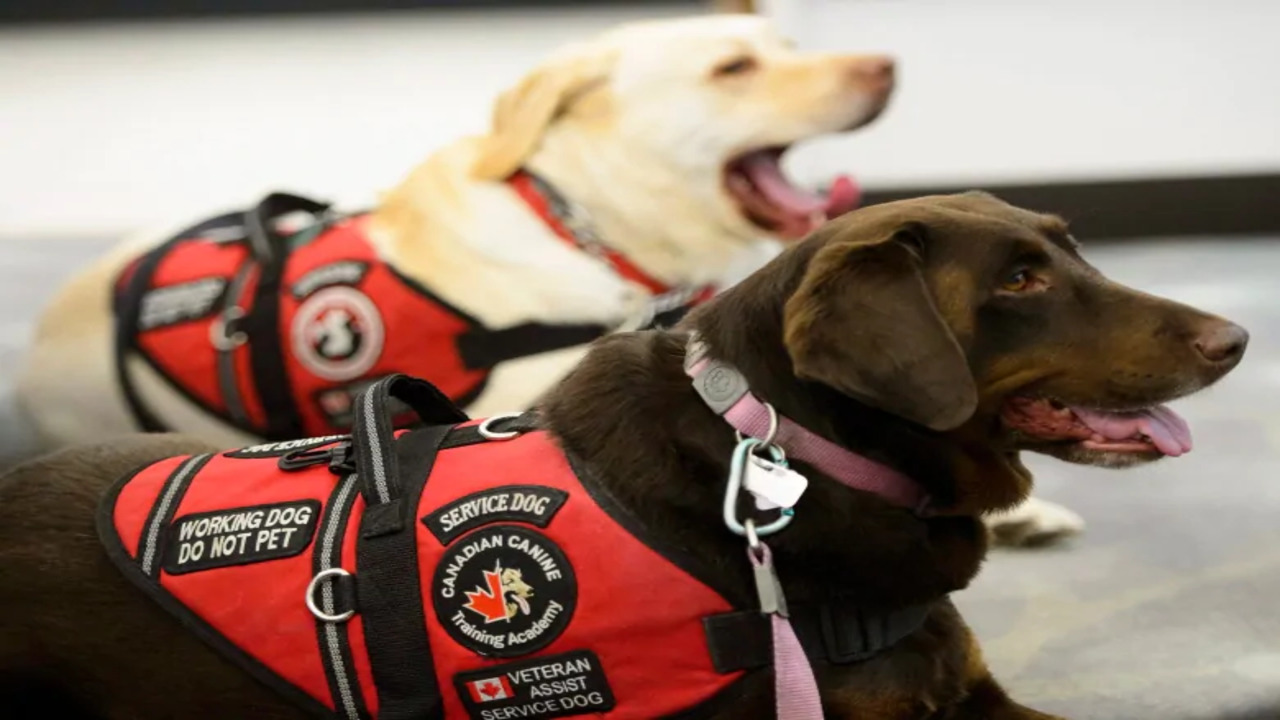
Financing options for service dog ownership include grants and funding programs, crowdfunding, assistance programs from non-profit organizations, personal fundraising strategies, and financial assistance through insurance coverage or tax deductions.
It’s important to consider budgeting and long-term financial planning for the expenses associated with owning a service dog. These options can help alleviate the upfront costs and ensure that individuals with disabilities have access to the financial resources they need to improve their quality of life through the companionship and support of a trained service dog.
Full Or Partial Financial Assistance Programs
Various organizations and programs offer full or partial financial assistance for obtaining a service dog. These programs help cover the costs of acquiring, training and maintaining a service dog. Some organizations may have specific criteria or require proof of financial need to qualify for assistance. Researching different organizations, understanding their requirements, and following their application processes is important. Fundraising initiatives and crowdfunding campaigns can also effectively raise funds for service dog ownership.
Can Insurance Cover The Cost Of A Service Dog?
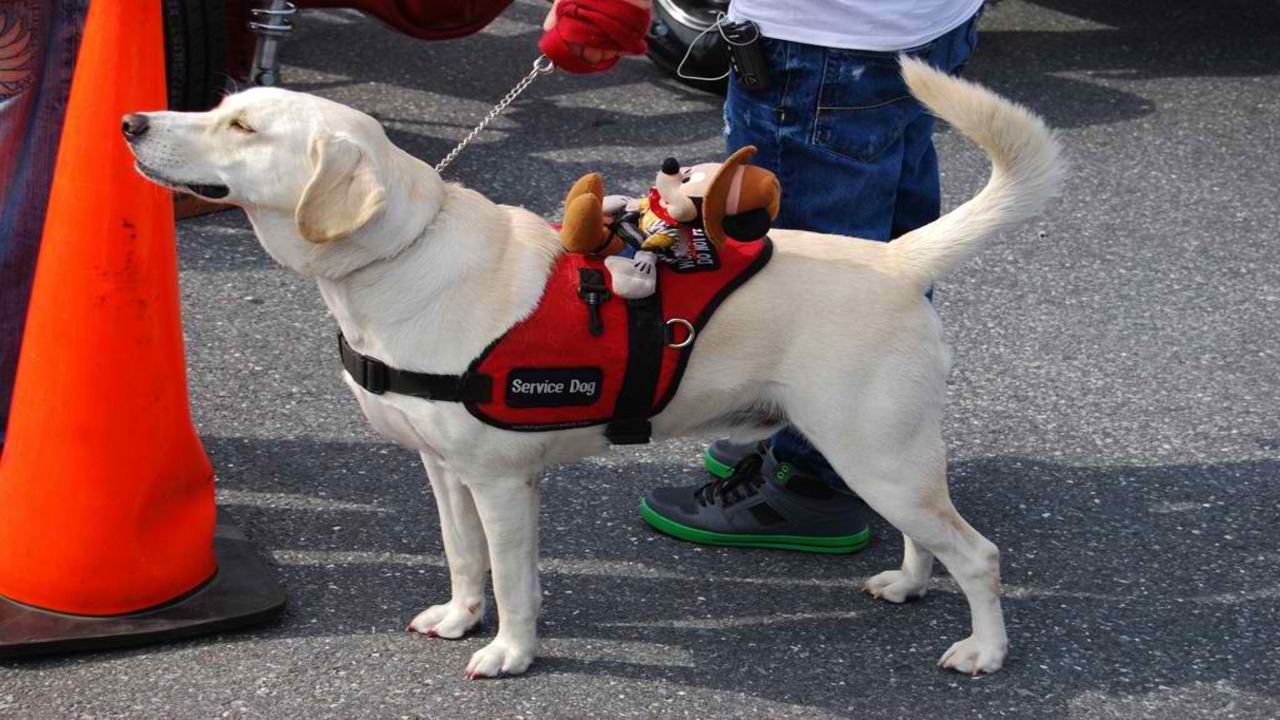
Many people wonder about the cost of a service dog and whether insurance can help cover the expenses. The price of a service dog can vary depending on various factors, such as the specific tasks they are trained to perform, the organization providing the dog, and any additional training or support services included. On average, the cost of a fully trained service dog can range from $15,000 to $30,000 or more.
Unfortunately, insurance coverage for service dogs is not common. While some insurance companies may offer coverage for medical costs related to a service dog’s care, such as veterinary expenses or prescriptions, coverage for the initial purchase or training of a service dog is generally not included. Researching and exploring all available options, including grants and assistance programs, is important to help offset the cost of obtaining a service dog.
Conclusion
Service dogs can be a significant financial investment. However, their benefits and the positive impact on individuals’ lives cannot be overstated. From helping with physical disabilities to providing emotional support and assistance, service dogs are invaluable companions.
If you are considering getting a service dog, it’s essential to understand the costs involved and explore financing options. It is important to consider the upfront cost and the ongoing expenses associated with owning a service dog, such as food, veterinary care, and equipment.
Additionally, it is worth noting that there are options available for financial assistance or fundraising to help offset some of these costs. Ultimately, a service dog’s benefits and support can greatly outweigh the financial investment for individuals who require assistance. We hope now you have an estimation of how much are service dogs.
Frequently Asked Questions
[rank_math_rich_snippet id=”s-330b104c-f0e7-4bc6-80bc-f1dfebb05c3c”]